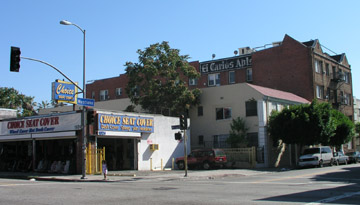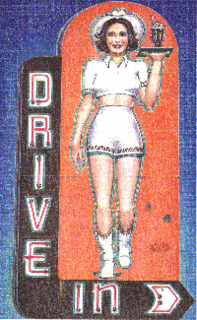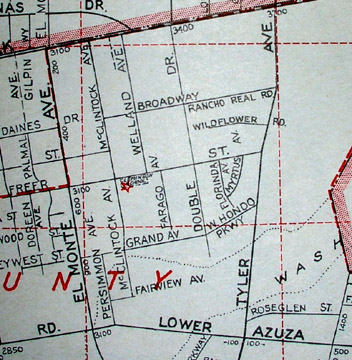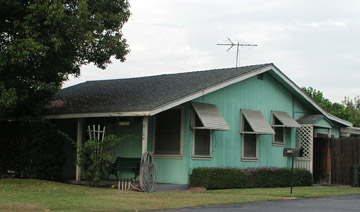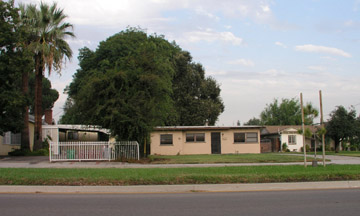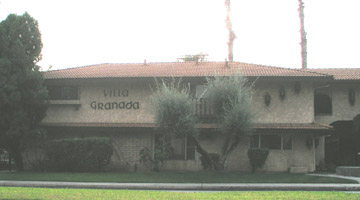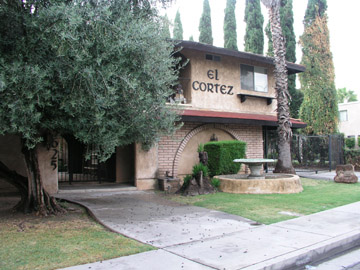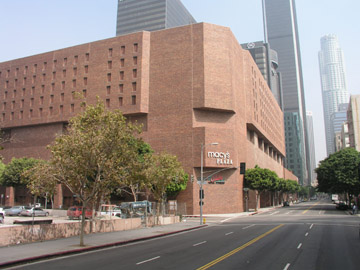
But for how long? While Portman’s 1976 Bonaventure is likely to be landmarked, many High-70s buildings are being lost or compromised. Of course, one may argue that the Bonaventure is a better building than this Broadway; one may be right. But the preservationist camp owes a strange debt to Luckman-it’s his MSGCenter that stands atop the rubble of Penn Station, and it was in razing that building that America’s interest in preserving her monuments was sparked.
(Luckman went on to recommend tearing down Goodhue’s library, btw.)
Ulrey’s place on South Westlake didn’t make it, either.